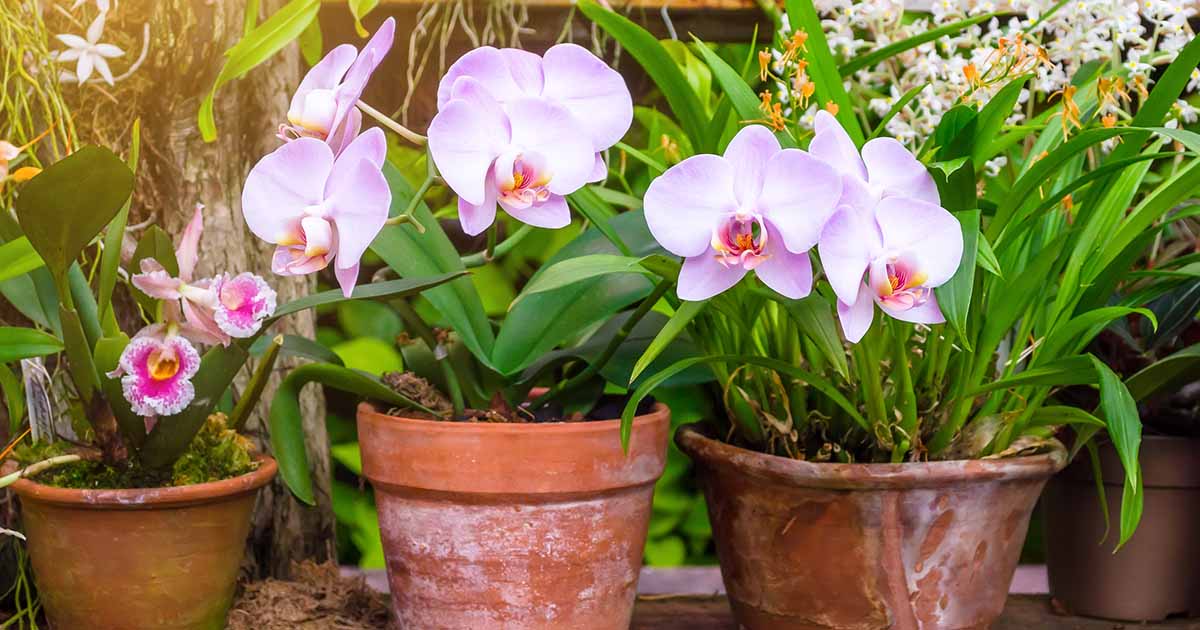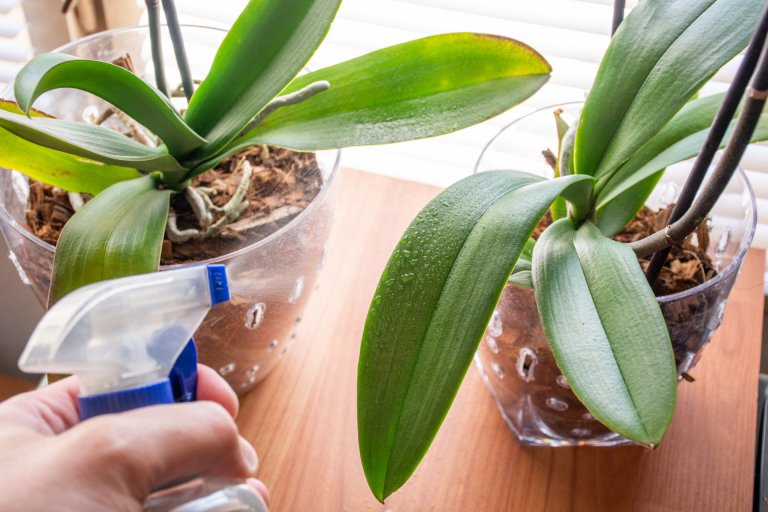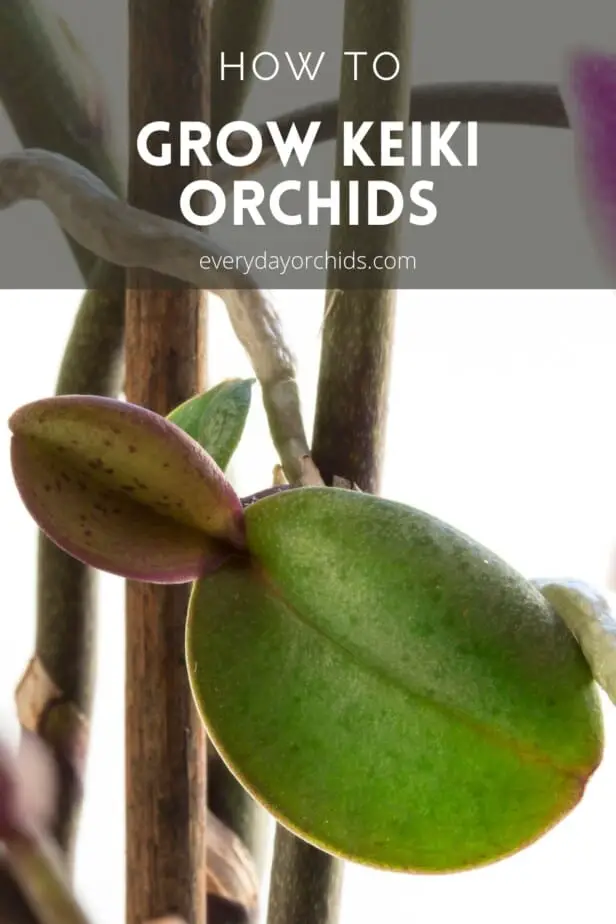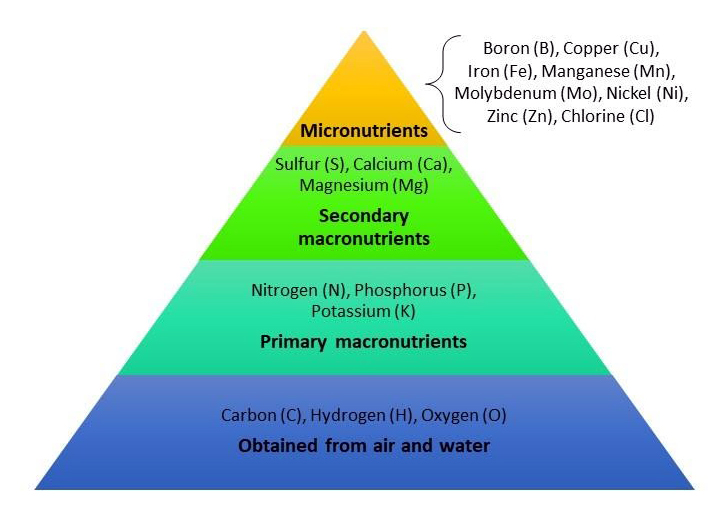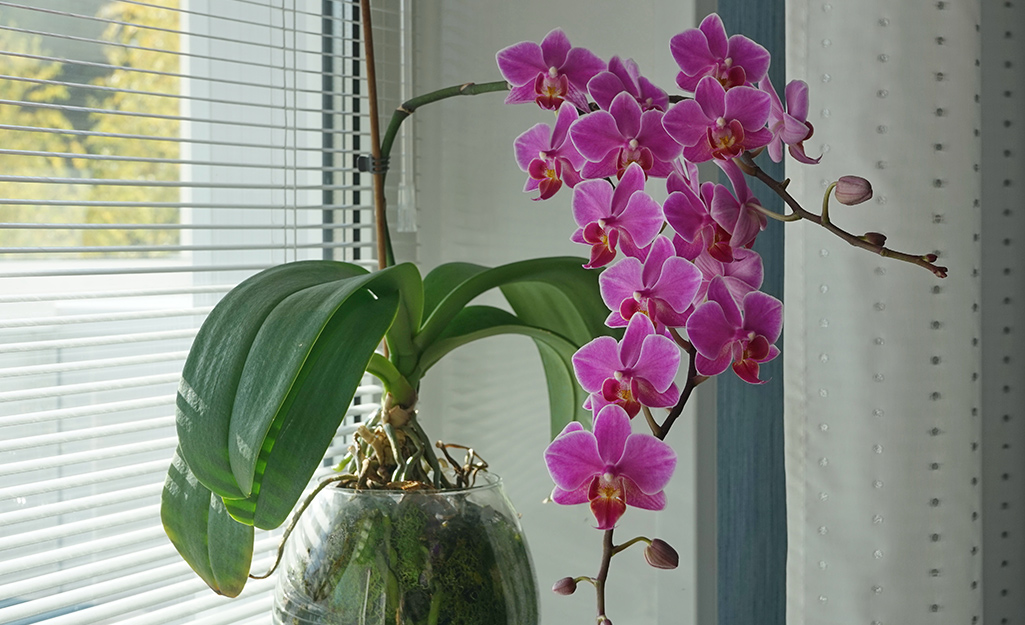Understanding the Unique Needs of Orchids
Orchids are one of the most diverse and fascinating plant species, with over 30,000 known varieties worldwide. To provide the best care for these exquisite plants, it’s essential to understand their unique needs and characteristics. Orchids have evolved to thrive in a wide range of environments, from the tropical rainforests of Asia to the arid deserts of Africa. By grasping the specific requirements of your orchid, you’ll be able to replicate its natural habitat and create an optimal environment for growth and blooming.
One of the critical factors in caring for orchids is understanding their growth patterns. Unlike other plants, orchids have a unique life cycle that involves a period of growth, followed by a period of rest. During the growth phase, orchids require adequate light, water, and nutrients to produce new leaves, stems, and flowers. However, during the rest phase, they need a period of dormancy to recharge and prepare for the next growth cycle.
Another crucial aspect of orchid care is their sensitivity to environmental factors. Orchids are highly sensitive to temperature, humidity, and light, which can affect their growth, blooming, and overall health. For instance, some orchids require high temperatures and humidity to thrive, while others prefer cooler temperatures and drier conditions. By understanding these specific needs, you can adjust your care routine to provide the optimal environment for your orchid.
By learning how to take care of orchid, you’ll be able to provide the necessary conditions for your plant to flourish. This includes understanding the specific lighting, watering, and fertilizing requirements of your orchid, as well as how to prune and repot it correctly. With the right care and attention, your orchid will reward you with beautiful blooms and a long, healthy life.
Lighting: The Key to Promoting Healthy Growth and Blooming
Lighting is one of the most critical factors in caring for orchids. Orchids require specific light conditions to photosynthesize, grow, and bloom. The type and intensity of light can vary depending on the orchid species, but most orchids require bright, indirect light to thrive.
Natural light is the best option for orchids, but it can be challenging to provide, especially during the winter months or in areas with limited sunlight. In such cases, artificial lighting can be used to supplement natural light. There are several types of artificial lighting available, including LED grow lights, fluorescent lights, and high-intensity discharge (HID) lights.
When using artificial lighting, it’s essential to consider the intensity and duration of light. Orchids require a minimum of 10-12 hours of light per day, but some species may require more or less. It’s also crucial to avoid direct sunlight, which can cause leaf scorch and other damage.
Indirect light is another option for orchids. East- or west-facing windows are ideal for orchids, as they provide gentle, indirect light. Avoid placing orchids in south-facing windows, as the direct sunlight can be too intense.
By providing the right amount of light, you can promote healthy growth and blooming in your orchid. Remember to research the specific lighting requirements for your orchid species, as some may have unique needs. With the right lighting, you’ll be well on your way to learning how to take care of orchid and enjoying beautiful blooms.
Watering: The Delicate Balance Between Hydration and Root Rot
Watering is a critical aspect of caring for orchids, as it can be easy to over-water or under-water these delicate plants. Orchids require a consistent supply of moisture to thrive, but too much water can lead to root rot and other problems.
To determine the right amount of water for your orchid, it’s essential to check the moisture level of the potting mix. Stick your finger into the mix about an inch deep, and if it feels dry, it’s time to water. If it’s already moist, wait another day or two before watering again.
The quality of the water is also crucial. Tap water can contain high levels of minerals and chemicals that can harm your orchid. Consider using distilled or rainwater instead, as these options are free from impurities.
When watering your orchid, make sure to water thoroughly. Water should flow out of the pot’s drainage holes, indicating that the potting mix is fully saturated. However, avoid getting water on the plant’s crown or leaves, as this can cause rot and other problems.
It’s also important to avoid getting water on the roots, as this can cause root rot. Instead, water at the base of the plant, allowing the potting mix to absorb the moisture. This will help prevent root rot and ensure your orchid receives the right amount of hydration.
By mastering the art of watering, you’ll be well on your way to learning how to take care of orchid and enjoying a thriving, healthy plant. Remember to monitor your orchid’s response to watering and adjust your technique as needed.
Humidity and Temperature: Creating an Optimal Environment
Orchids are highly sensitive to their environment, and maintaining optimal humidity and temperature levels is crucial for their health and well-being. Most orchids thrive in humid environments, typically between 40-70% relative humidity. However, some species may require higher or lower humidity levels, so it’s essential to research the specific needs of your orchid.
To maintain optimal humidity levels, you can use a humidifier, which can be especially useful in dry environments. There are several types of humidifiers available, including ultrasonic, evaporative, and misting humidifiers. When choosing a humidifier, consider the size of your orchid collection and the humidity level you need to maintain.
Temperature is also a critical factor in caring for orchids. Most orchids prefer daytime temperatures between 65-75°F (18-24°C) and nighttime temperatures 5-10°F (3-6°C) lower. However, some species may require warmer or cooler temperatures, so it’s essential to research the specific needs of your orchid.
To maintain optimal temperature levels, you can use a thermometer to monitor the temperature in your orchid’s environment. You can also use heating or cooling mats, or even a space heater or air conditioner, to maintain a stable temperature.
By maintaining optimal humidity and temperature levels, you can create an environment that promotes healthy growth and blooming in your orchid. Remember to research the specific needs of your orchid species and adjust your care routine accordingly. With the right environment, you’ll be well on your way to learning how to take care of orchid and enjoying a thriving, healthy plant.
Fertilizing: Providing Essential Nutrients for Growth and Blooming
Fertilizing is an essential part of caring for orchids, as it provides the necessary nutrients for growth and blooming. Orchids require a balanced diet of nutrients, including nitrogen, phosphorus, and potassium, to thrive. However, over-fertilizing can be detrimental to the plant, so it’s essential to choose the right fertilizer and apply it correctly.
There are several types of fertilizers available for orchids, including balanced fertilizers, bloom-boosting fertilizers, and fertilizers specifically formulated for orchids. Balanced fertilizers provide an equal ratio of nitrogen, phosphorus, and potassium, while bloom-boosting fertilizers contain a higher ratio of phosphorus to promote blooming.
When choosing a fertilizer, consider the specific needs of your orchid. If your orchid is not blooming, a bloom-boosting fertilizer may be beneficial. However, if your orchid is already blooming, a balanced fertilizer may be a better choice.
It’s also essential to consider the concentration of the fertilizer. Orchids require a dilute solution of fertilizer, typically 1/4 to 1/2 the recommended strength. Applying too much fertilizer can cause burning of the roots and leaves, so it’s essential to start with a weak solution and gradually increase the strength as needed.
When applying fertilizer, make sure to water your orchid thoroughly first. This will help prevent burning of the roots and ensure the fertilizer is absorbed evenly. You can also consider using a fertilizer specifically formulated for orchids, as these products are designed to meet the unique needs of these plants.
By fertilizing your orchid correctly, you can provide the necessary nutrients for growth and blooming. Remember to research the specific needs of your orchid species and adjust your fertilizing routine accordingly. With the right fertilizer and application technique, you’ll be well on your way to learning how to take care of orchid and enjoying a thriving, healthy plant.
Potting and Repotting: Giving Your Orchid Room to Grow
Potting and repotting are essential parts of caring for orchids. Orchids need a well-draining potting mix to thrive, and the right potting mix can make all the difference in their health and growth. When choosing a potting mix, look for one that is specifically designed for orchids and contains ingredients such as bark, sphagnum moss, and perlite.
Repotting is also an important part of caring for orchids. Orchids typically need to be repotted every 1-3 years, as their potting mix breaks down over time. When repotting, choose a pot that is slightly larger than the previous one, and gently remove the orchid from its pot. Trim away any dead or dying roots, and then place the orchid in its new pot.
When handling the roots of your orchid, be gentle and careful. Orchid roots are delicate and can be easily damaged, so it’s essential to handle them with care. Use a soft-bristled brush to gently remove any dead or dying roots, and then trim away any remaining dead roots with a pair of sterile scissors.
After repotting, water your orchid thoroughly to settle the potting mix. Then, provide your orchid with bright, indirect light and maintain a consistent temperature and humidity level. With proper care, your orchid should thrive in its new pot and continue to grow and bloom.
By following these tips and techniques, you can provide your orchid with the right environment to grow and thrive. Remember to research the specific needs of your orchid species and adjust your care routine accordingly. With the right care and attention, you’ll be well on your way to learning how to take care of orchid and enjoying a beautiful, thriving plant.
Pest Control and Disease Prevention: Protecting Your Orchid from Harm
Orchids are susceptible to various pests and diseases that can harm their health and appearance. To prevent these problems, it’s essential to maintain good hygiene and provide a healthy environment for your orchid. Regularly inspect your orchid for signs of pests or diseases, and take action promptly if you notice any issues.
Common pests that can affect orchids include mealybugs, spider mites, and scale. These pests can be treated with insecticidal soap or neem oil, but it’s essential to follow the instructions carefully to avoid harming your orchid. Regularly cleaning your orchid’s leaves and stems with a soft-bristled brush can also help prevent pest infestations.
Diseases that can affect orchids include root rot, leaf spot, and crown rot. These diseases can be caused by over-watering, poor air circulation, or fungal infections. To prevent diseases, make sure to water your orchid carefully, provide good air circulation, and avoid getting water on the leaves or crown.
If you do notice any signs of pests or diseases, take action promptly to prevent the problem from spreading. Isolate your orchid from other plants, and treat the problem with the appropriate insecticide or fungicide. With proper care and attention, you can prevent pests and diseases from harming your orchid and keep it healthy and thriving.
By following these tips and techniques, you can provide your orchid with the best possible care and prevent common problems. Remember to research the specific needs of your orchid species and adjust your care routine accordingly. With the right care and attention, you’ll be well on your way to learning how to take care of orchid and enjoying a beautiful, thriving plant.
Pruning and Grooming: Maintaining Your Orchid’s Appearance
Pruning and grooming are essential parts of caring for orchids. Regular pruning can help maintain the plant’s shape, promote healthy growth, and encourage blooming. Grooming, on the other hand, involves removing dead or dying leaves, stems, and flowers to keep the plant looking its best.
When pruning your orchid, use a pair of sterile scissors or pruning shears to avoid spreading disease. Remove any dead or dying leaves or stems, and cut back any overgrown or leggy growth. This will help maintain the plant’s shape and promote healthy growth.
Grooming is also an important part of caring for orchids. Regularly inspect your orchid for dead or dying leaves, stems, and flowers, and remove them promptly. This will help prevent the spread of disease and keep the plant looking its best.
In addition to pruning and grooming, you can also shape your orchid to maintain its appearance. Use a pair of sterile scissors or pruning shears to trim back any overgrown or leggy growth, and shape the plant to your desired shape.
By pruning and grooming your orchid regularly, you can keep it looking its best and promote healthy growth. Remember to research the specific needs of your orchid species and adjust your care routine accordingly. With the right care and attention, you’ll be well on your way to learning how to take care of orchid and enjoying a beautiful, thriving plant.


